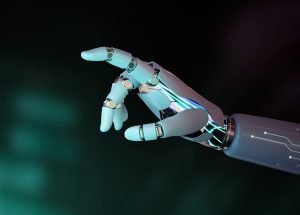An AI Has Officially Beaten the Turing Test—Here’s How

 One of the top AI language models has beaten the Turing test, a famous benchmark for human-like intelligence, reports futurism.com.
One of the top AI language models has beaten the Turing test, a famous benchmark for human-like intelligence, reports futurism.com.
In a new study (not yet peer-reviewed), researchers tested a three-way version of the Turing test, where participants chatted with both a human and an AI, then guessed which was which. When OpenAI’s GPT-4.5 was given a specific persona, it was mistaken for a human 73% of the time—far above the 50% random chance. This suggests the Turing test has been convincingly passed.
The study also evaluated Meta’s Llama 3.1-405B, OpenAI’s GPT-4o, and ELIZA, an early chatbot from 80 years ago.
“People were no better than chance at distinguishing humans from GPT-4.5 and LLaMa (with the persona prompt),” wrote lead researcher Cameron Jones from UC San Diego. “And 4.5 was even judged to be human significantly more often than actual humans!”
The Turing test, proposed by Alan Turing in 1950, assesses whether a machine can think like a human by fooling people in text conversations. In this study, nearly 300 participants took turns as interrogators or “witnesses,” with one witness being an AI.
A key factor was how the AI was instructed. With a “no-persona” prompt—just told to act human—GPT-4.5 succeeded only 36% of the time. But with a detailed persona (e.g., a young, internet-savvy person), its success jumped to 73%. In contrast, GPT-4o (without persona prompts) fooled people just 21% of the time—even ELIZA did slightly better at 23%.
While impressive, the Turing test isn’t perfect proof of human-like intelligence. “It was not meant as a literal test… more like a thought experiment,” said Google engineer François Chollet in 2023.
AI chatbots excel at mimicking human conversation, thanks to vast training on human text. But Jones notes the bigger question isn’t just about intelligence—it’s about how these models could replace humans in short interactions, affecting jobs, security, and society.
“More pressingly, I think the results provide more evidence that LLMs could substitute for people in short interactions without anyone being able to tell,” he tweeted.
The Turing test also reflects how humans perceive AI. As people grow more familiar with chatbots, they might get better at spotting them—meaning the results could change over time.




